- Description
- Light/Soil/Water
- Hardiness
-
![]() Echeveria agavoides ‘Ebony’ is a lovely succulent with sharp leaf tips and strong contrasting colors. This cultivar is derived from Echeveria agavoides, a species native to Mexico, and retains the bold, agave-like structure of its parent. The compact rosette features thick, triangular leaves in a matte green or light gray-green tone, edged in deep reddish-purple to nearly black margins when grown in strong sunlight. Each leaf ends in a rigid, pronounced point, giving the plant a spiky, sculptural look despite its relatively small size.
Echeveria agavoides ‘Ebony’ is a lovely succulent with sharp leaf tips and strong contrasting colors. This cultivar is derived from Echeveria agavoides, a species native to Mexico, and retains the bold, agave-like structure of its parent. The compact rosette features thick, triangular leaves in a matte green or light gray-green tone, edged in deep reddish-purple to nearly black margins when grown in strong sunlight. Each leaf ends in a rigid, pronounced point, giving the plant a spiky, sculptural look despite its relatively small size.
![]() Rosettes typically grow 6 to 8 inches wide and stay under 6 inches tall, although mature plants may cluster over time if offsets are left to develop. The dark margins intensify with more light and lower nighttime temperatures, making this variety particularly responsive to its growing conditions. In spring or early summer, it may send up tall flower spikes with small, red-orange bell-shaped blooms. Flowering does not affect the rosette’s longevity, and the plant can continue to grow and offset after blooming.
Rosettes typically grow 6 to 8 inches wide and stay under 6 inches tall, although mature plants may cluster over time if offsets are left to develop. The dark margins intensify with more light and lower nighttime temperatures, making this variety particularly responsive to its growing conditions. In spring or early summer, it may send up tall flower spikes with small, red-orange bell-shaped blooms. Flowering does not affect the rosette’s longevity, and the plant can continue to grow and offset after blooming.![]() Echeveria ‘Ebony’ is especially suitable for succulent arrangements where strong contrast is desired, and its clean structure holds up well in pots or rocky landscapes. It prefers full sun to bring out its darkest coloring, but it should still be protected from intense afternoon heat in very hot regions. With minimal maintenance and careful watering, it remains one of the most eye-catching Echeveria forms available to home growers.
Echeveria ‘Ebony’ is especially suitable for succulent arrangements where strong contrast is desired, and its clean structure holds up well in pots or rocky landscapes. It prefers full sun to bring out its darkest coloring, but it should still be protected from intense afternoon heat in very hot regions. With minimal maintenance and careful watering, it remains one of the most eye-catching Echeveria forms available to home growers. -
![]() Needs full sun or very bright indirect light to develop strong color and compact form. Indoor plants should be placed near a south- or west-facing window.
Needs full sun or very bright indirect light to develop strong color and compact form. Indoor plants should be placed near a south- or west-facing window.
![]() Water when the soil is completely dry, allowing it to drain fully. Avoid letting water sit in the center of the rosette.
Water when the soil is completely dry, allowing it to drain fully. Avoid letting water sit in the center of the rosette.![]() Grows best in dry to moderate indoor humidity. Avoid placing in high-humidity rooms without airflow.
Grows best in dry to moderate indoor humidity. Avoid placing in high-humidity rooms without airflow.![]() Prefers temperatures between 65–85°F. Protect from frost and cold drafts, especially below 40°F.
Prefers temperatures between 65–85°F. Protect from frost and cold drafts, especially below 40°F.![]() Use a fast-draining succulent mix with added perlite or coarse sand. Proper drainage is key to prevent rot.
Use a fast-draining succulent mix with added perlite or coarse sand. Proper drainage is key to prevent rot.![]() Feed once a month during the growing season with a diluted, low-nitrogen fertilizer. No fertilizer is needed during winter dormancy.
Feed once a month during the growing season with a diluted, low-nitrogen fertilizer. No fertilizer is needed during winter dormancy.![]() Non-toxic to pets and humans, but ingestion may cause allergic reaction, so keep it out of reach of kids and pets.
Non-toxic to pets and humans, but ingestion may cause allergic reaction, so keep it out of reach of kids and pets. -
![]()
Zone 9-11
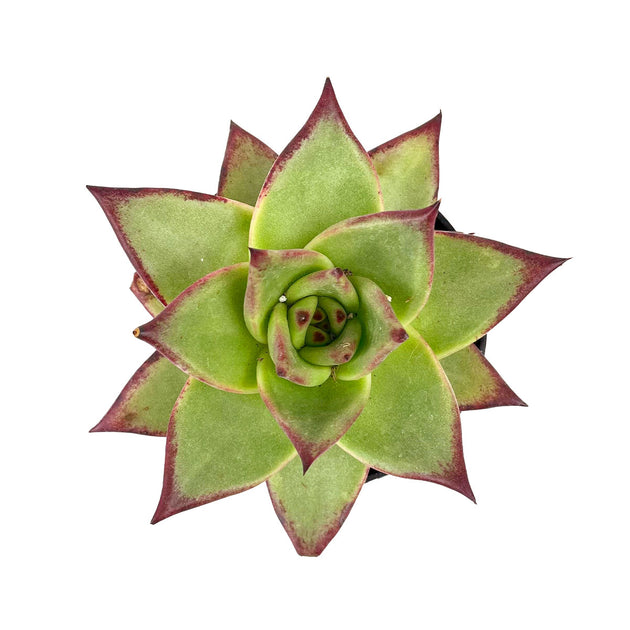
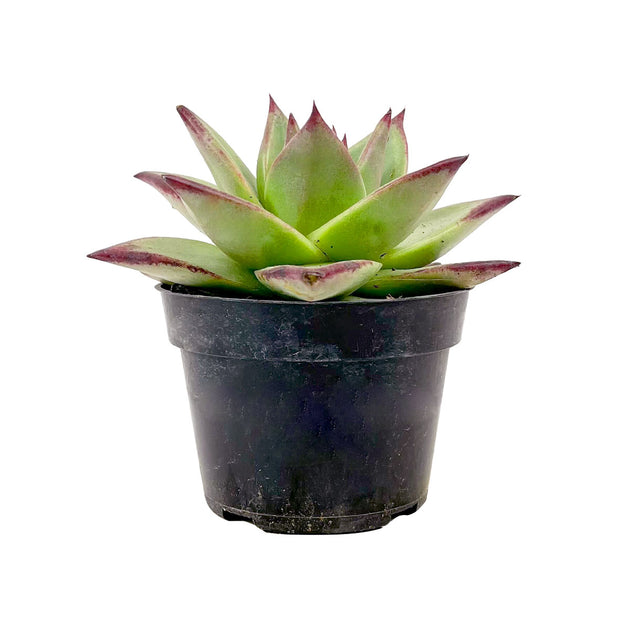
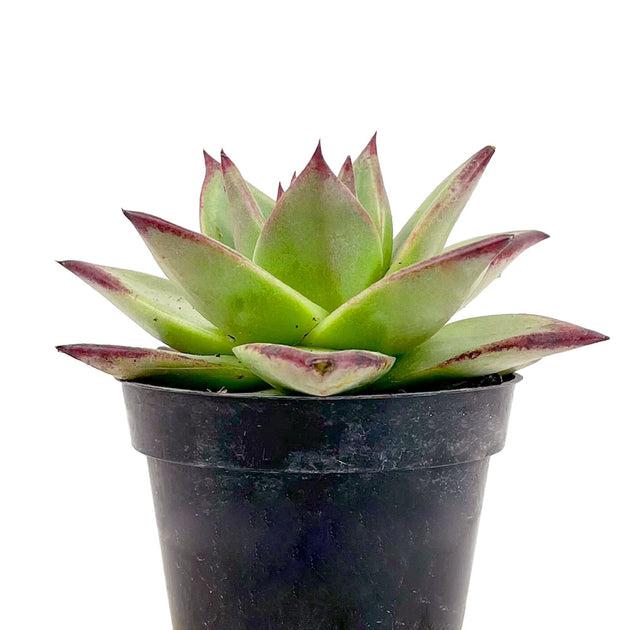

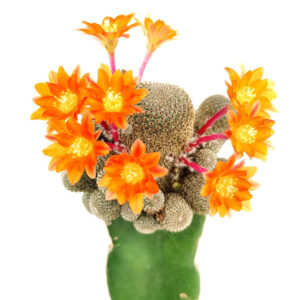
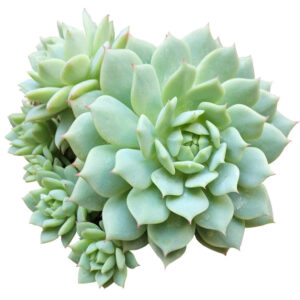
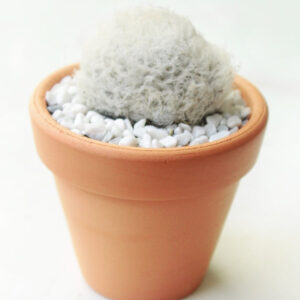
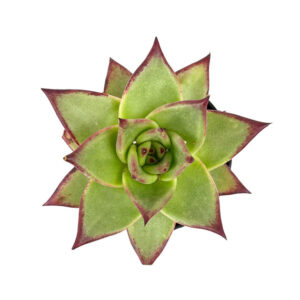
Reviews
There are no reviews yet.